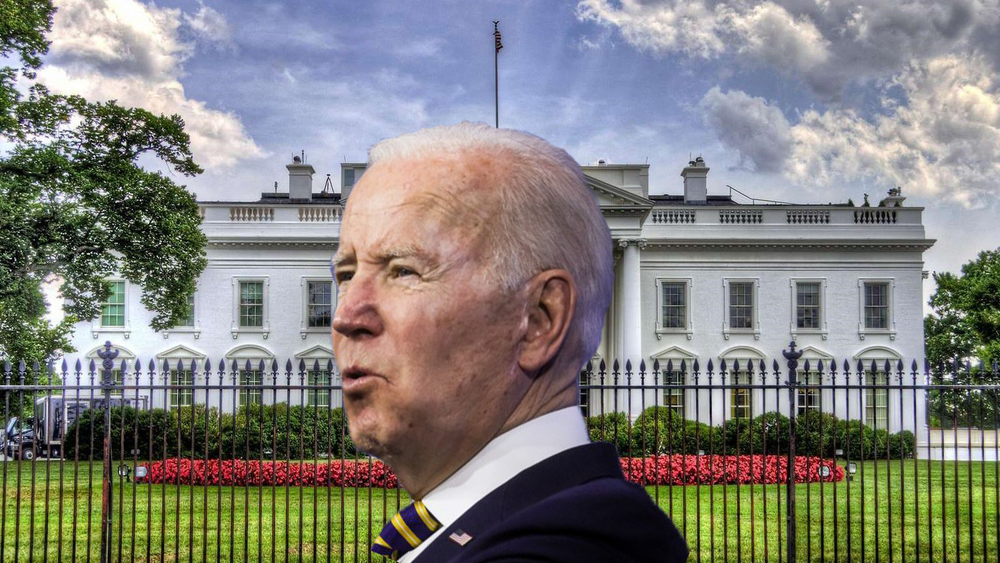
What Is a Presidential Transition?
The Trump administration has yet to begin the process of aiding President-elect Joe Biden’s transition team in the initial stages of taking control of the government.
The General Services Administration (GSA), a government agency in Washington, is holding up approval for the full funding and resources of the transition process until a winner is “ascertained.” President Donald Trump has refused to concede the election and has claimed fraud in the vote count.
Government experts warn it is vital for the transition to begin to guarantee an orderly transfer of power. Here is a look at what the transition process is and how it works.
What is a presidential transition?
The time between a presidential candidate winning the election and the inauguration ceremony is known as the “transition.” The transition is run by the president-elect’s nonprofit transition team, which is separate from the campaign and has its own staff and budget.
What happens during the transition?
The transition marks the beginning of the complex task of a president-elect taking over the administration of the federal government. During this time, a president-elect often focuses on selecting his White House staff, led by a chief of staff, as well as key Cabinet posts.
A president appoints around 4,000 people to positions across the government, with more than a quarter of them needing Senate confirmation. These administrators help to oversee 2.1 million civilian employees and 1.4 million active-duty military personnel, part of a federal bureaucracy with an annual budget of more than $4.5 trillion.
In addition to filling positions, transition officials explore how a new president can turn campaign promises into federal policy. They often look at what actions can be taken quickly, such as rolling back executive actions taken by the previous president. They look at each federal agency to understand policy and staffing needs and will often have key team members shadow outgoing staff to prepare for new roles.
When does the transition begin?
Planning for the transition can informally begin at any time, however it officially starts when the outcome of the election becomes known. The Presidential Transition Act of 1963 allows the GSA to provide the president-elect team with offices and office equipment. The government also provides background checks for security clearance purposes.
An updated law passed in 2010 allows major party candidates to begin receiving government assistance for the transition earlier in the process, permitting them to use government office space, computers and services immediately following the nominating conventions, which this year took place in August.
Federal law also gives career civil servants significant power over the transfer of data and knowledge to incoming administration officials, an arrangement intended to reduce the risk of politicization. Agency transition directors are required to be senior career staff and not political appointees.
Does the length of the transition vary?
The transition generally lasts about 11 weeks, from Election Day in early November to Inauguration Day, which is constitutionally mandated to be held on January 20. However, the transition can be shortened if the outcome of the election is not quickly known.
In 2000, a drawn-out legal fight between Democrat Al Gore and Republican George W. Bush, who would eventually win the presidency, led to a transition that was only about half the time as usual. Bush was not declared the victor until five weeks after the election, truncating the transition period to just 39 days.
How is the transition funded?
Transitions are paid for by a combination of federal and private funds. The administrator for the GSA has the legal authority to release over $6 million in federal funding to Biden’s transition team. In addition, The New York Times reports that Biden has raised at least $7 million in private donations for his transition. The Federal Election Commission allows individuals donors or organizations to give up to $5,000 to a candidate’s presidential transition, which must be publicly disclosed.
Who is leading Biden’s transition planning?
Biden has tasked longtime aide Ted Kaufman to head his transition team. Kaufman is Biden’s former chief of staff in the Senate and is also a former senator from Delaware — appointed to fill the seat vacated by Biden in 2009 after his election to the vice presidency. In April, Biden asked Kaufman to start working on a transition in the event he wins the presidency. Kaufman also worked on former President Barack Obama’s transition team in 2008 and helped write the 2010 legislation that provided earlier government support for the transition process.
 German Chancellor Congratulates Biden, Harris on Election VictoryNext PostHarris Makes History as First Black and Indian American Woman VP
German Chancellor Congratulates Biden, Harris on Election VictoryNext PostHarris Makes History as First Black and Indian American Woman VP





